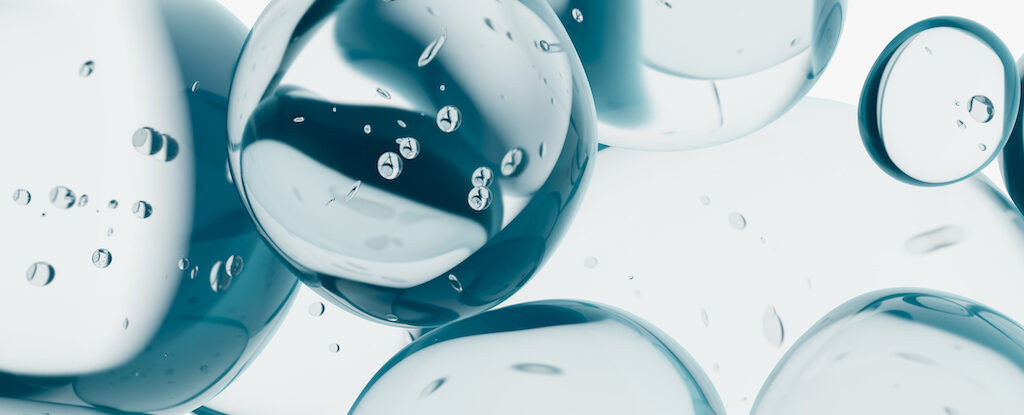While it’s unlikely that your bottled water will go bad before you get round to drinking it, experts have warned that the plastic its stored in can degrade over time—potentially increasing the risk of cancer.
Bottled mineral water usually carries a best before date of around 18 months to two years, but this date doesn’t actually refer to the water itself, but the plastic bottle.
Within this time, water should maintain its taste and shouldn’t degrade in quality, but drinking it after its best before date could place drinkers at an increased risk of ingesting harmful microplastics that have been linked to cases of bowel cancer, brain damage and infertility.
And whilst experts at the Natural Hydration Council claim that water is still safe to drink after this date, others claim that harmful microplastics could get into the water from the point of production, increasing in number as the plastic degrades over time.
Microplastics are tiny plastic fragments measuring as little as two micrometres—about two-thousands of a millimeter.
Recent studies have found microplastics in human lung tissue, placentas, breast milk and even blood, raising concern over how deeply they can penetrate the body.
Dr Sherri Mason, a leading research in freshwater plastic pollution working with the World Health Organisation (WHO), said: ‘There are connections to increases in certain kinds of cancer to lower sperm count to increases in conditions like ADHD and autism.
‘We know that they are connected to these synthetic chemicals in the environment and we know that plastics are providing a kind of means to get those chemicals into our bodies.’

More than 90 per cent of the world’s most popular bottled water brands contain microplastics according to new analysis

Recent research has revealed that people may be unknowingly ingesting tens of thousands of microplastic particles every year. On average, individuals consume between 39,000 and 52,000 particles annually, with bottled water drinkers taking in an additional 90,000 microplastic fragments
And whilst the European Food Safety Agency maintains that most microplastics are excreted by the body, the UN Food and Agriculture Organisation have warned that some particles could enter the bloodstream and lodge in vital organs.
A growing body of evidence has linked them to neurotoxicity, chronic inflammation and disruption of hormones and metabolism.
A new study, led by Sara Sajedi, a leading environmental management expert at Concordia University, found that people who regularly drink bottled water—consumed before its expiration date—consume around 900,000 more microplastic particles each year than those who drink tap water.
Sajedi described the health risks posed by single-use plastic bottles as ‘serious’, and called for greater awareness of what she described as a ‘pressing issue.’
She said: ‘Microplastics can also contribute to intestinal dysbiosis, disrupt the balance of gut bacteria, and may lead to respiratory diseases when inhaled.
‘These wide-ranging chronic health risks highlight the importance of recognising and addressing the impact of nano- and microplastics to safeguard human health.’
Experts are also concerned that drinking bottled water after its best-before-date has passed could make it unpalatable, as polyethylene terephthalate (PET) particles break down over time, affecting the taste and smell of the water.
However, PET particles are not thought to contain chemicals that are harmful to our health, like phthalates or BPA.

Experts say you can cut your exposure to microplastics by swapping out plastics in your home for natural materials, metal and glass
But if plastic bottles are stored in hot environments, exposed to sunlight or stored beside strong smelling chemicals, the quality of the plastic may degrade more quickly and taint the water inside.
PET plastics are also breathable, meaning that overtime small amounts of water can evaporate out of the bottle—making room for contaminated particles to enter the source directly.
It comes after shocking research earlier this week suggested microplastics used in food packaging may be damaging the gut—raising the risk of bowel cancer and depression.
The discovery was made by Australian researchers who examined stool samples from healthy volunteers and found that microplastic particles could alter microbial activity in the gut.
Some of the changes mirrored patterns previously linked to depression and bowel cancer, suggesting the tiny fragments may disrupt the body’s internal balance in ways that affect both physical and mental health.
Experts called the findings ‘significant’, saying it was the first human study to show microplastics can alter the gut microbiome.
Source link


